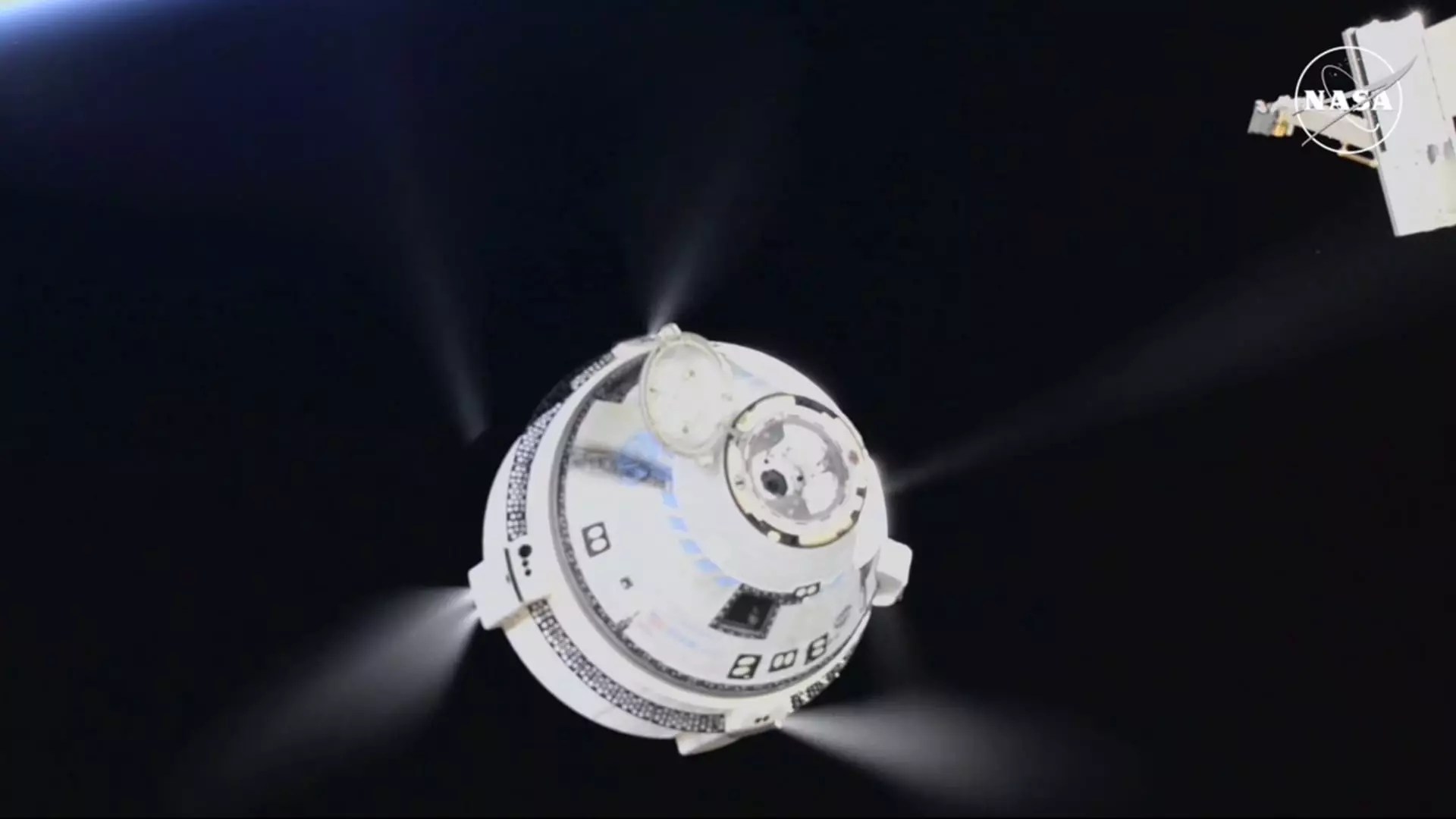Boeing’s Starliner capsule finally undocked from the International Space Station after a prolonged stay, missing the originally planned departure window. The spacecraft left behind the two NASA test pilots, Butch Wilmore and Suni Williams, who were initially delivered to orbit in early June. Instead of returning to Earth on the Starliner, the astronauts will be aboard SpaceX’s Dragon spacecraft and are expected to return in February. The undocking process was carried out on Friday evening, and the capsule successfully landed at White Sands Space Harbor in New Mexico early Saturday morning.
Extended Test Flight and Unforeseen Issues
The return of the Starliner capsule, named “Calypso,” marked the end of a test flight that lasted much longer than NASA’s initial estimations. The spacecraft, which was supposed to spend about nine days in space, ended up spending three months at the ISS due to an investigation into its propulsion system. Boeing faced delays in bringing the capsule back to Earth as the agency wanted to collect more data to address the thruster issues. Despite assurances from Boeing officials about the safety of the capsule, NASA made the decision to return Starliner empty to further probe the root causes of the problems.
Impact on Boeing and NASA’s Commercial Crew Program
The extended test flight has had significant implications for Boeing and NASA’s Commercial Crew Program. Originally planned as a crucial step for Boeing to join SpaceX in servicing the ISS missions, the Starliner’s setbacks have jeopardized the company’s involvement in future endeavors. With substantial financial losses already incurred, Boeing’s progress within the Commercial Crew Program has taken a hit, potentially affecting its standing as a reliable partner for NASA. The setbacks have raised concerns about Boeing’s ability to meet the agency’s expectations and deliver on future space missions.
Boeing’s Starliner capsule’s extended stay at the ISS and the unexpected issues encountered during the test flight have raised questions about the spacecraft’s reliability and the company’s capability to fulfill its commitments to NASA. The delays in returning the capsule and the decision to send it back empty have highlighted the challenges in space exploration and the need for thorough testing and evaluation before manned missions. NASA’s Commercial Crew Program faces uncertainties as Boeing grapples with the repercussions of the Starliner’s setbacks, underscoring the complexities of space travel and the crucial role of collaboration between government agencies and private companies.


Leave a Reply